🔥 How to Make a Filter Out of Rolling Paper: The Complete DIY Guide (2025) 🌿

So you're about to roll up, and you realize—no filters. Been there. Maybe the corner store's closed, maybe you're just trying to save a buck, or maybe you're curious if you can MacGyver a filter out of what you've already got.
Good news? You absolutely can. And it's easier than you think.
Whether you're a beginner trying to figure out the basics or a seasoned roller looking for pro tips, this guide will walk you through everything you need to know about making filters from rolling paper.
🤔 Wait—Can You Really Make a Filter from Rolling Paper?
Short answer: Kind of.
Rolling paper itself is thin and burns easily, so it's not ideal as a standalone filter material. But here's the thing—most rolling paper booklets come with cardboard covers or inserts, and that's your goldmine.
That little cardboard piece at the back of your papers? Perfect filter material. It's sturdy, doesn't interfere with airflow, and it's already right there in your hand.
If you're working with custom rolling papers or premium packs, they often come with even thicker, higher-quality cardboard that works like a charm.
🛠️ What You'll Need
Let's keep it simple. You probably have everything already:
- Rolling paper booklet (with the cardboard backing)
- Scissors (optional—you can tear it)
- Your fingers (that's it, really)
If you've got custom rolling papers with printed designs, the cardboard backing usually has extra thickness—bonus points for style and function.
📐 Step-by-Step: Making a Filter from Rolling Paper Cardboard
Step 1: Tear Off the Cardboard
Most rolling paper packs have a small cardboard piece tucked inside or as part of the cover. Gently tear or cut off a strip about ½ inch wide and 2 inches long.
That's your base. The size can vary depending on how thick you want your roll, but this is a solid starting point.
Step 2: Make the "W" or "M" Shape
This is the classic move. Take one end of the cardboard strip and fold it back and forth to create a little accordion or zigzag pattern—like a W or M shape.
Why? This creates airflow channels and prevents the material from getting sucked through. It also gives the filter structural integrity.
Pro tip: Make about 3-4 folds. Too many and it's too tight. Too few and it'll collapse.
Step 3: Roll It Up
Now take the rest of the strip and roll it tightly around the accordion section. Keep rolling until you've got a nice, firm cylinder.
The tighter, the better—but don't crush it. You want it snug, not suffocating.
Step 4: Test the Fit
Hold your new filter up and blow through it gently. You should feel good airflow. If it's blocked, unroll it slightly and loosen the folds.
Pop it into the end of your roll, pack your material around it, and you're good to go.
✨ Pro Tips for a Better Filter
Want to level up your filter game? Here are some insider tricks:
🎯 Use Thicker Cardboard
Not all rolling papers are created equal. If you're using custom rolling papers, the packaging is often thicker and sturdier than generic brands. This makes a huge difference in durability.
🔥 Avoid Using the Paper Itself
Seriously—don't try to use the actual rolling paper as a filter. It'll burn too fast, get soggy, and just make a mess. Stick to cardboard only.
🧼 Keep It Clean
Make sure the cardboard you're using is clean and uncoated. Some glossy business cards or coated cardboard can release weird fumes when heated. Stick to plain, matte cardboard.
📏 Size Matters
Rolling a slim joint? Make a smaller filter. Going king-size? Add more cardboard. The filter should fit snugly but not so tight that you can't draw air through.
🆚 Rolling Paper Filter vs. Pre-Made Tips: What's the Difference?
Let's be real—pre-made tips are more convenient. They're pre-cut, pre-rolled, and ready to go. But if you're in a pinch or just prefer the DIY route, rolling paper cardboard works just fine.
Here's the breakdown:
| Feature | DIY Rolling Paper Filter | Pre-Made Tips |
|---|---|---|
| Cost | Free (came with your papers) | A few bucks per pack |
| Convenience | Takes 30 seconds to make | Instant |
| Customization | Fully adjustable to your size | Standardized sizes |
| Eco-Friendly | Reuses what you have | Requires separate purchase |
Bottom line? Both work. It's just about what you have on hand and your personal preference.
❓ Quick FAQs
Can I use regular paper as a filter?
Not recommended. Notebook paper, printer paper, and magazine pages often contain inks, bleach, or chemicals you don't want to inhale. Stick to clean cardboard.
Do I *need* a filter?
Technically, no—but it makes the experience way better. Filters keep material out of your mouth, improve airflow, and make it easier to hold without burning your fingers.
Can I reuse a cardboard filter?
You could, but why would you? They're cheap (or free) and degrade after one use. Just make a fresh one each time.
What if I don't have rolling papers with cardboard?
Check around for business cards (uncoated), index cards, or even the cardboard from cereal boxes. Just make sure it's clean and unprinted if possible.
Will it affect the taste?
Nope. As long as you're using plain, uncoated cardboard, it's tasteless and won't interfere with your experience.
📝 Final Word: Roll Smarter, Not Harder
Making a filter out of rolling paper cardboard is one of those skills that's ridiculously simple but insanely useful. Once you've done it a couple of times, it becomes second nature—like tying your shoes.
And if you want to skip the hassle altogether? Grab yourself some high-quality custom rolling papers that come with thick, easy-to-use cardboard right in the pack. Problem solved.
So next time you're out of tips, don't stress. You've got everything you need right there in your papers.
Happy rolling! 🌿
📌 Pro Tip: Want rolling papers with premium cardboard and unique designs? Check out custom rolling papers and never settle for flimsy filters again.
Have your own filter hacks? Drop a comment below!
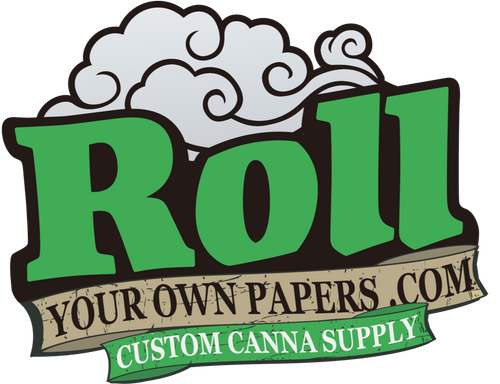
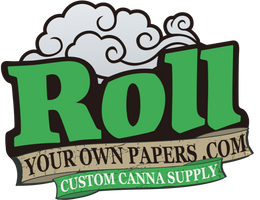
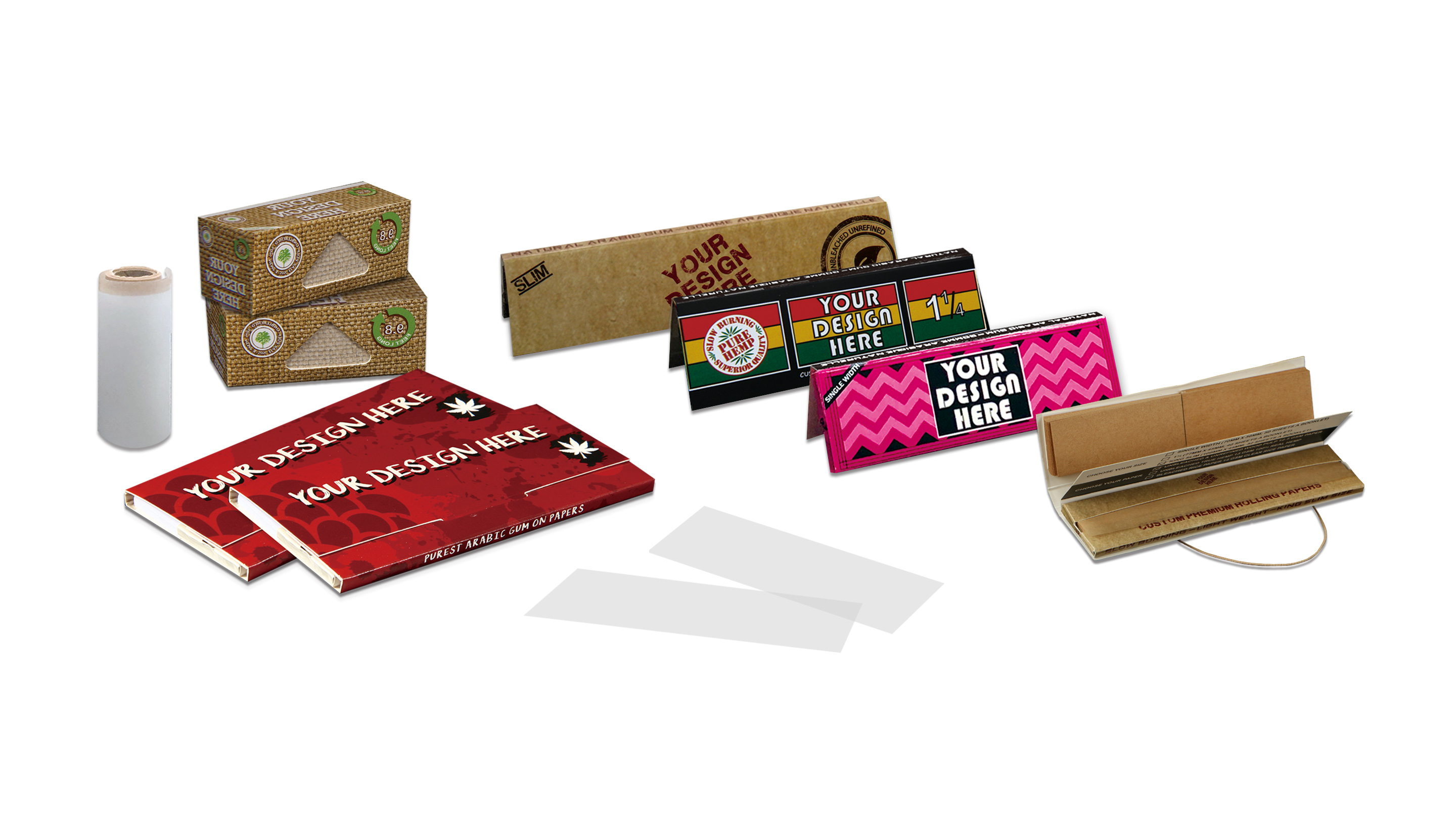
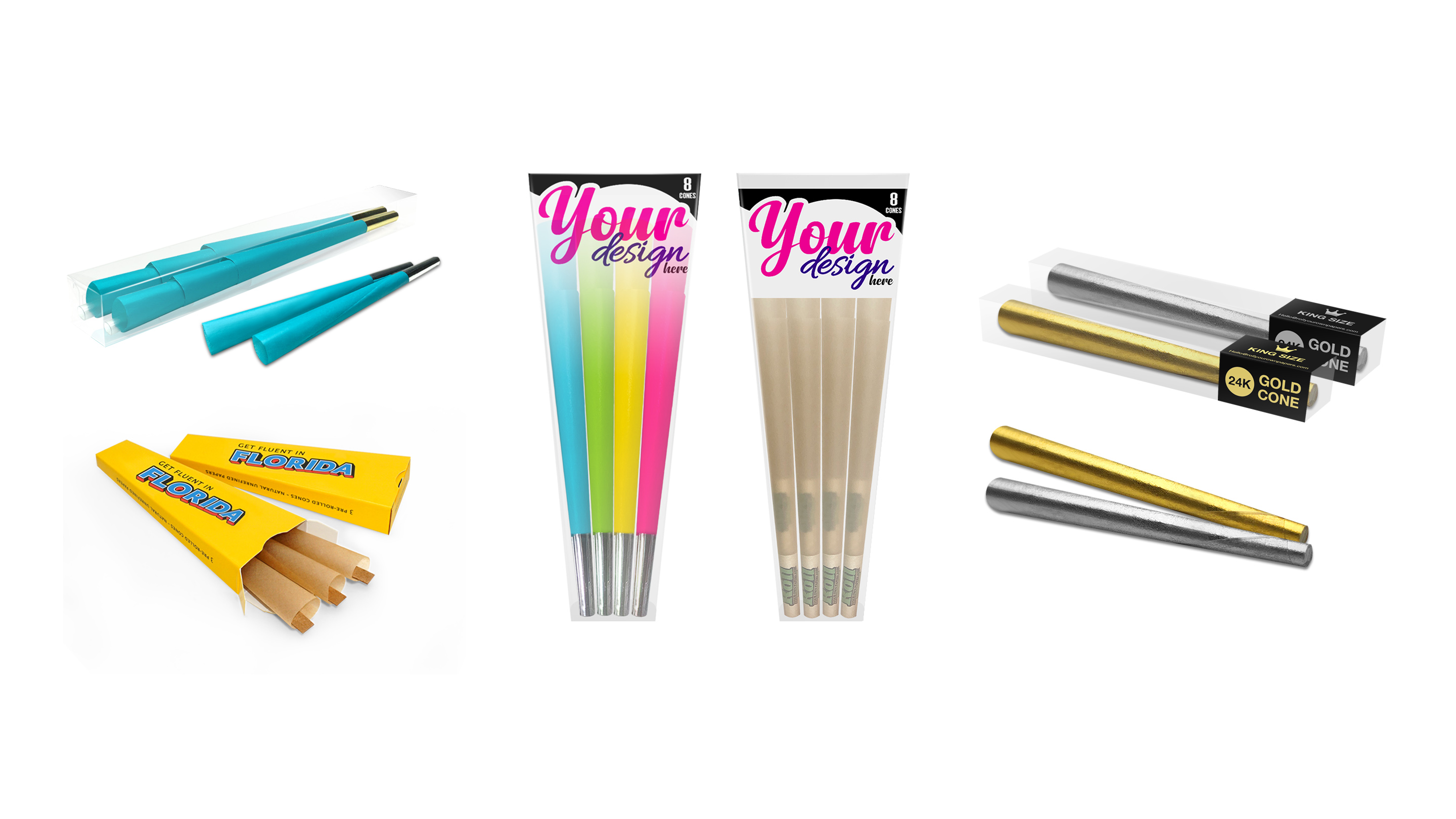
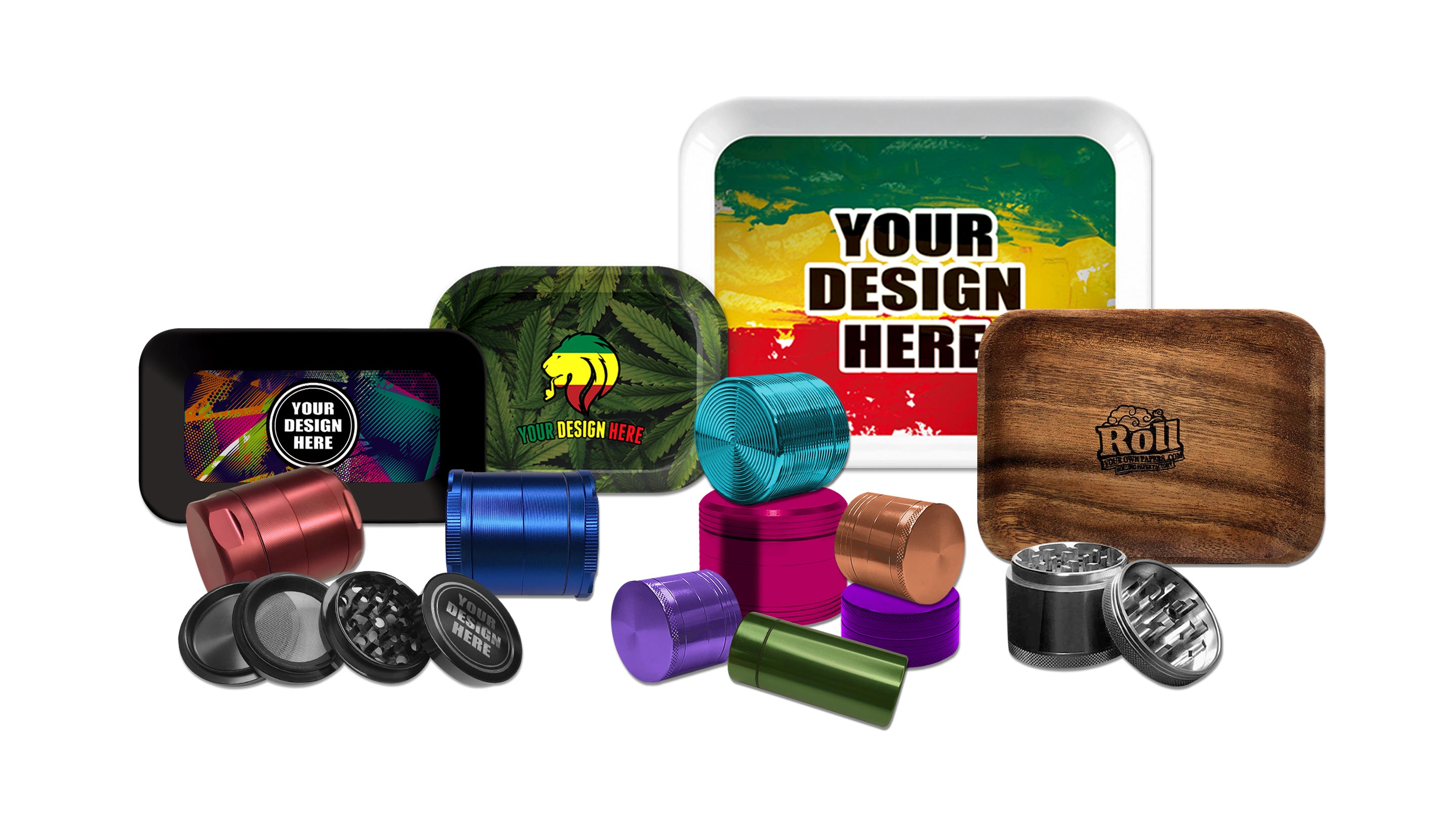
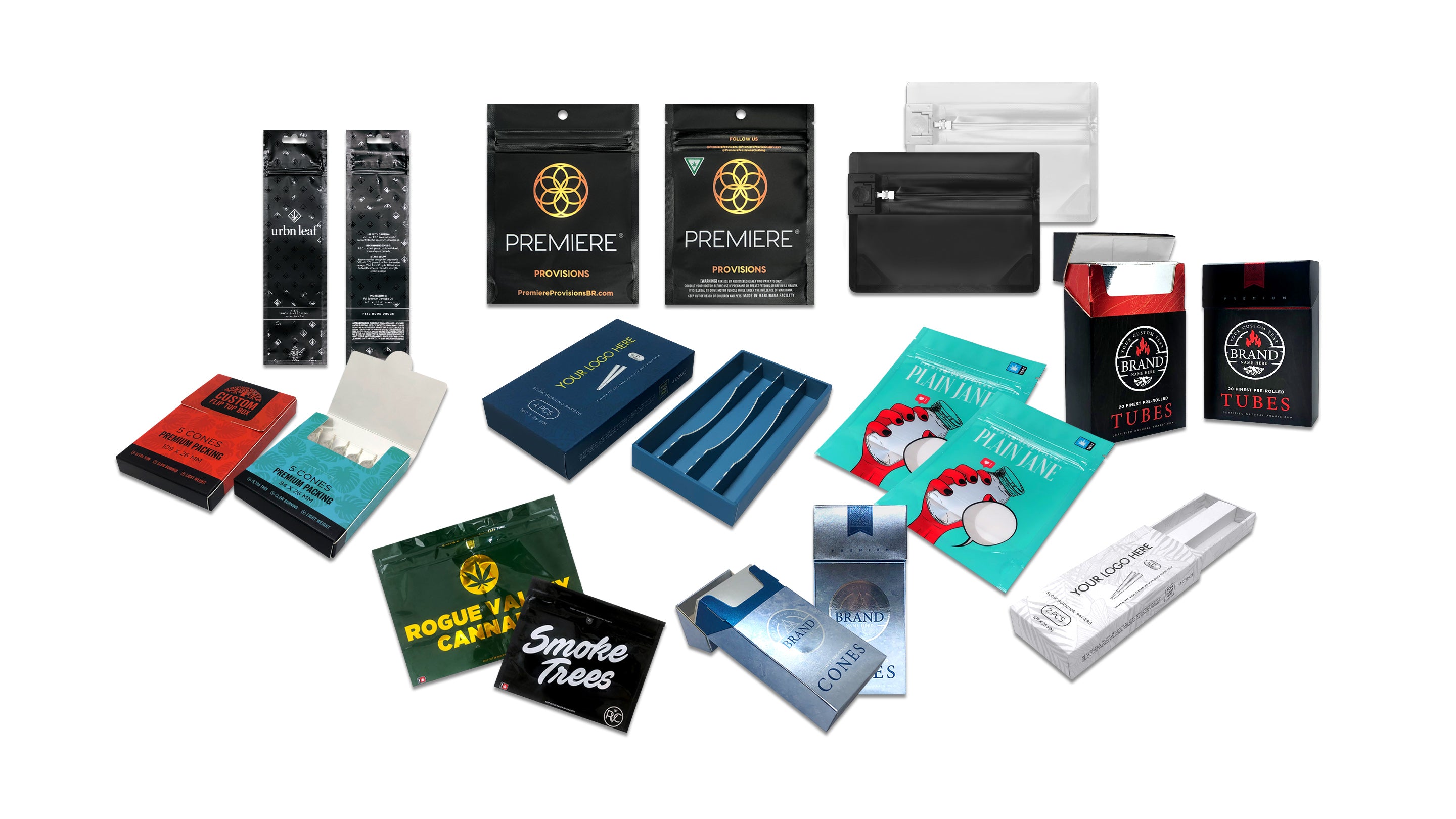
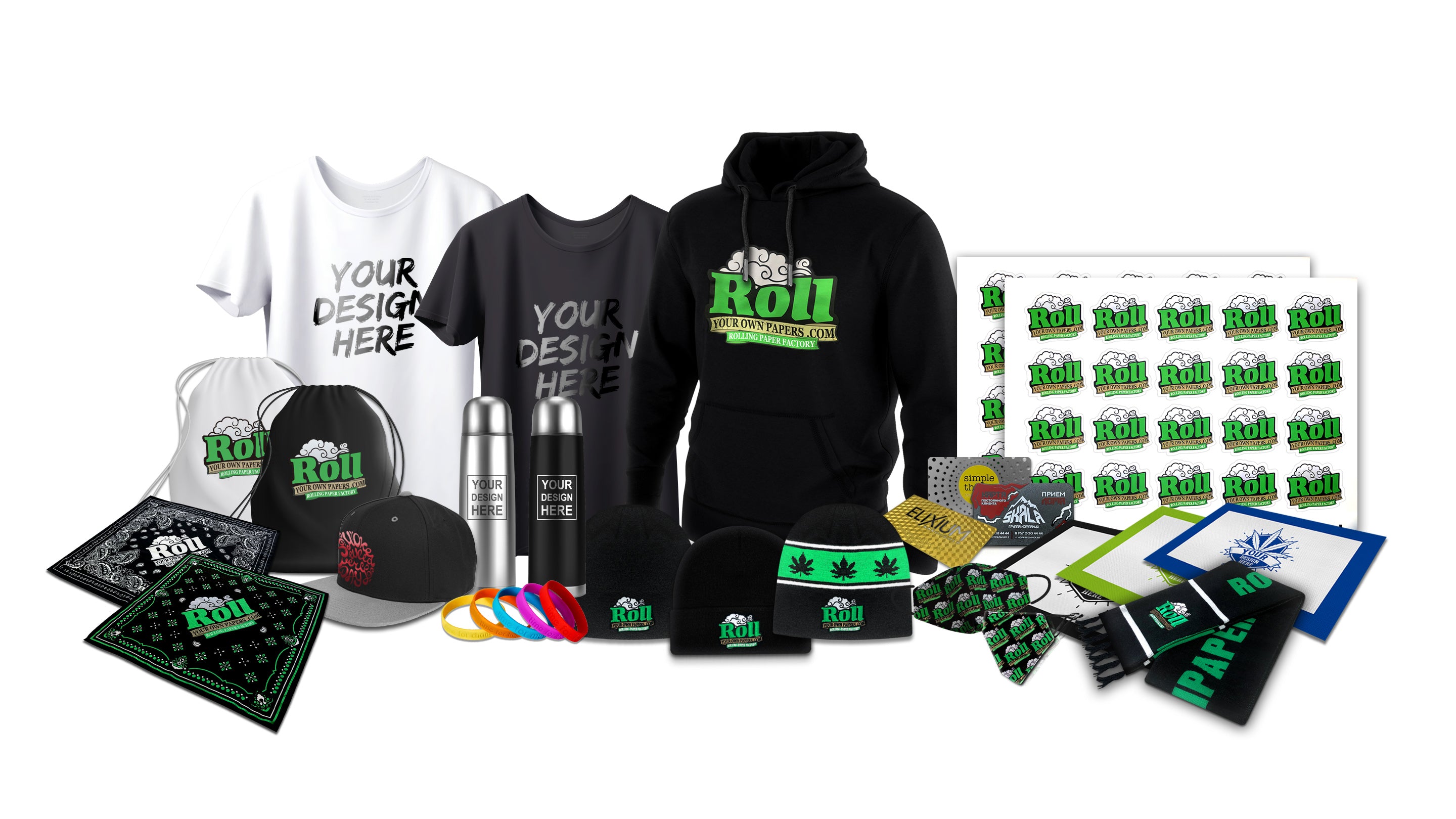
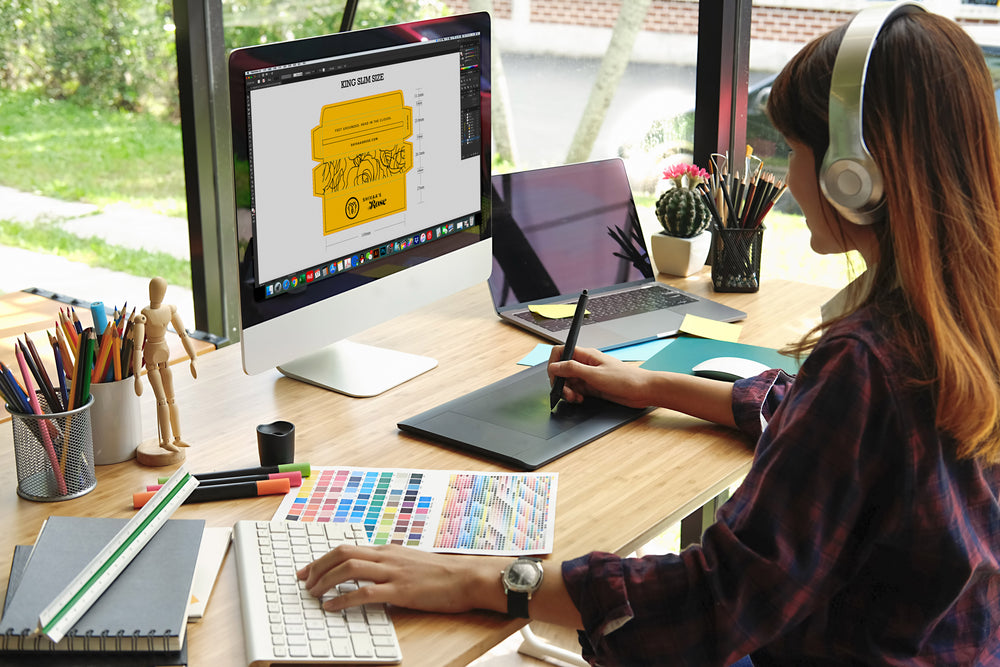






Leave a comment